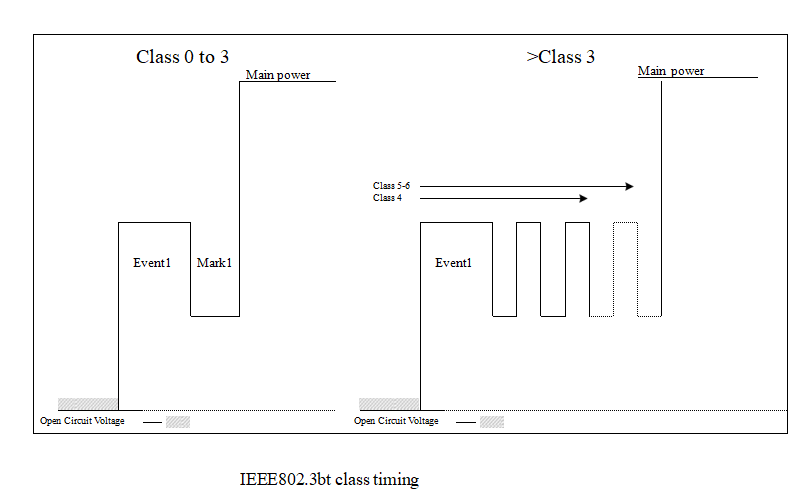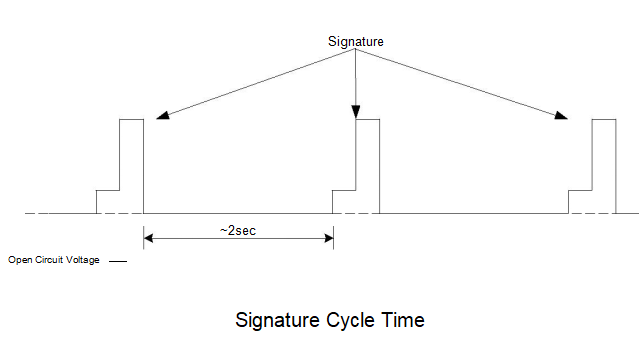BPI-6175 Single channel PoE++ BT PSE Module
Contents
Description
BPI-6175 is a single channel Power Sourcing Equipment (PSE) module designed for ,use in Power over Ethernet (PoE) applications for a wide range of power levels from 15.4W (IEEE802.3af) up to 75W (IEEE802.3bt) proprietary power levels. The BPI-6175 is capable of delivering up 75W ,BPI-6175 is aimed at applications requiring PSE functionality such as CCTV DVR, home networking and industrial ethernet. BPI-6175 is a self-contained module, requiring just a few external components to provide a great deal of control and feedback over each Powered Device (PD) that is connected to the PSE.
Features
- Small package
- Compliant with IEEE802.3 bt & at & af
- Low cost
- Output power up to 75W
- Minimal (low cost) external
- components required
- Over-current and short circuit protection
- Available in Industrial Temperature version.
Applications
- PoE power supply system
Signature and Classification
The BPI-6175 will automatically perform the Signature and Classification, the timing sequence for a Type 1 Powered Device (PD) and the timing sequence for a Type 2 PD. In the ‘IEEE802.3bt’ classification the first pulse is much longer. This is to indicate to the PD that implements the bt specification’s lower Maintain Power Signature (MPS) requirements (see section 5.6 below for details of MPS). Additionally if is set in ‘BT 1 pair’ or ‘BT Type 3’ modes the will produce a third class pulse looking for a change in class current presented. If the current changes correctly will produce 1 further pulse which indicates to the PD the requested power (>30W) has been granted. After classification is complete the will begin to power up its output with the current limit selected based on the detected class and mode of the module.
Signature Detection
To ensure that the RT6175 does not apply power to a non PoE enabled device the Port output first checks for a valid PoE signature. The PD should present a nominal 25kΩ (23.75kΩ to 26.25kΩ) Signature resistance; if the BPI-6175 does not see a valid signature then it will disconnect, wait approximately 2 seconds then try again, see Figure 7 below.
Classification
On completion of a valid signature, the BPI-6175 will then interrogate the PD to see if a classification signature is present. The classification signature is used to determine the amount of power the PD will draw and limits the output power accordingly (see Table 2). It is optional for the PD to present a classification signature and the RT6175 will default to Class 0 if the PD does not present one.
Table shows the measured current limits that the RT6175 uses to assign a classification value.
| Measured Current | Classification |
| 0mA to 6.5mA | Class 0 |
| >6.5mA to 14.5mA | Class 1 |
| >14.5mA to 23mA | Class 2 |
| >23mA to 33mA | Class 3 |
| >33mA to 48mA | Class 4 |

